Wildlife gardening – 12 expert tips for making your outdoor space more attractive to bees, birds, and animals
Choose planting and design features that increase biodiversity with help from wildlife gardening experts
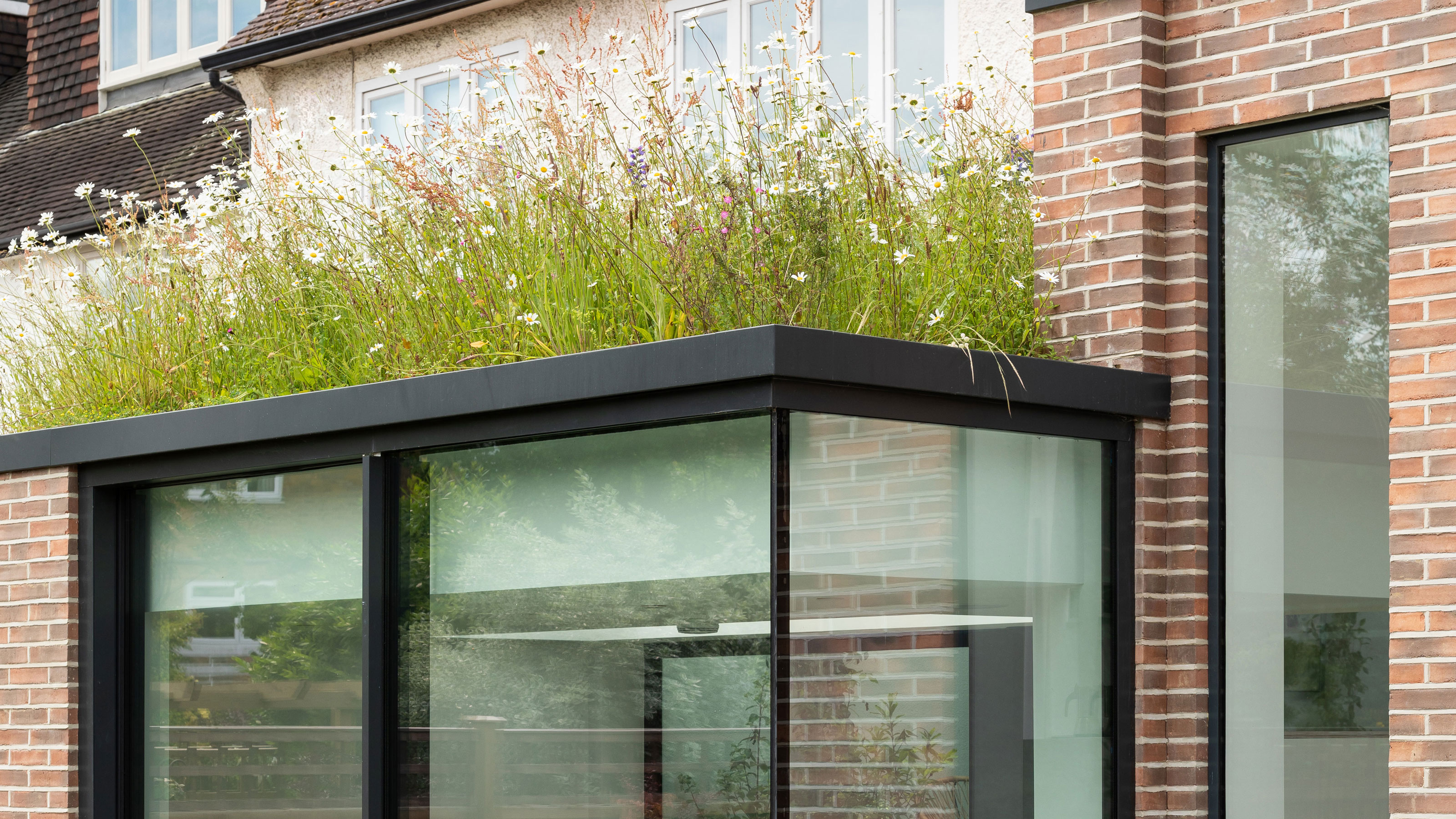

If you’re not the green-fingered type, wildlife gardening might not be at the top of your agenda, but there are some compelling reasons why it pays to be more thoughtful with your garden’s planting.
‘The climate emergency and increasing urbanization are driving a biodiversity crisis, with many species in rapid decline, particularly insects,’ explains award-winning garden designer Tom Massey. ‘We can all help by providing habitat and food sources in our gardens to support local wildlife.’
It’s not only good for the planet – opting for modern garden ideas that attract more wildlife to your garden might just enhance your own wellness too. ‘Studies have shown that access to nature, particularly in cities, aids wellbeing and general calm,’ says Rachael Davidson, director of HÛT Architecture, ‘which is particularly important following the pandemic.’ The dopamine hit of seeing a garden full of color and buzzing with life is something hard to replicate, plus it makes for an amazing resource for educating your children and getting them engaged with the natural world.
Attracting insects will attract birds, but the needs of your garden planting go beyond providing pollen-rich flowers for a truly biodiverse space. ‘This means choosing flowers and planting not just on looks alone – considering as well their shelter-giving properties, the potential for habitat and the food they provide, whether that’s flowers, berries or fruit,’ Tom Massey suggests.
Whatever your motives are, some simple choices made when planting and maintaining your garden can make all the difference. Here, landscape designers and gardeners offer up their top advice for designing an alluring garden for bees, birds and other animals.
1. Choose open flower varieties
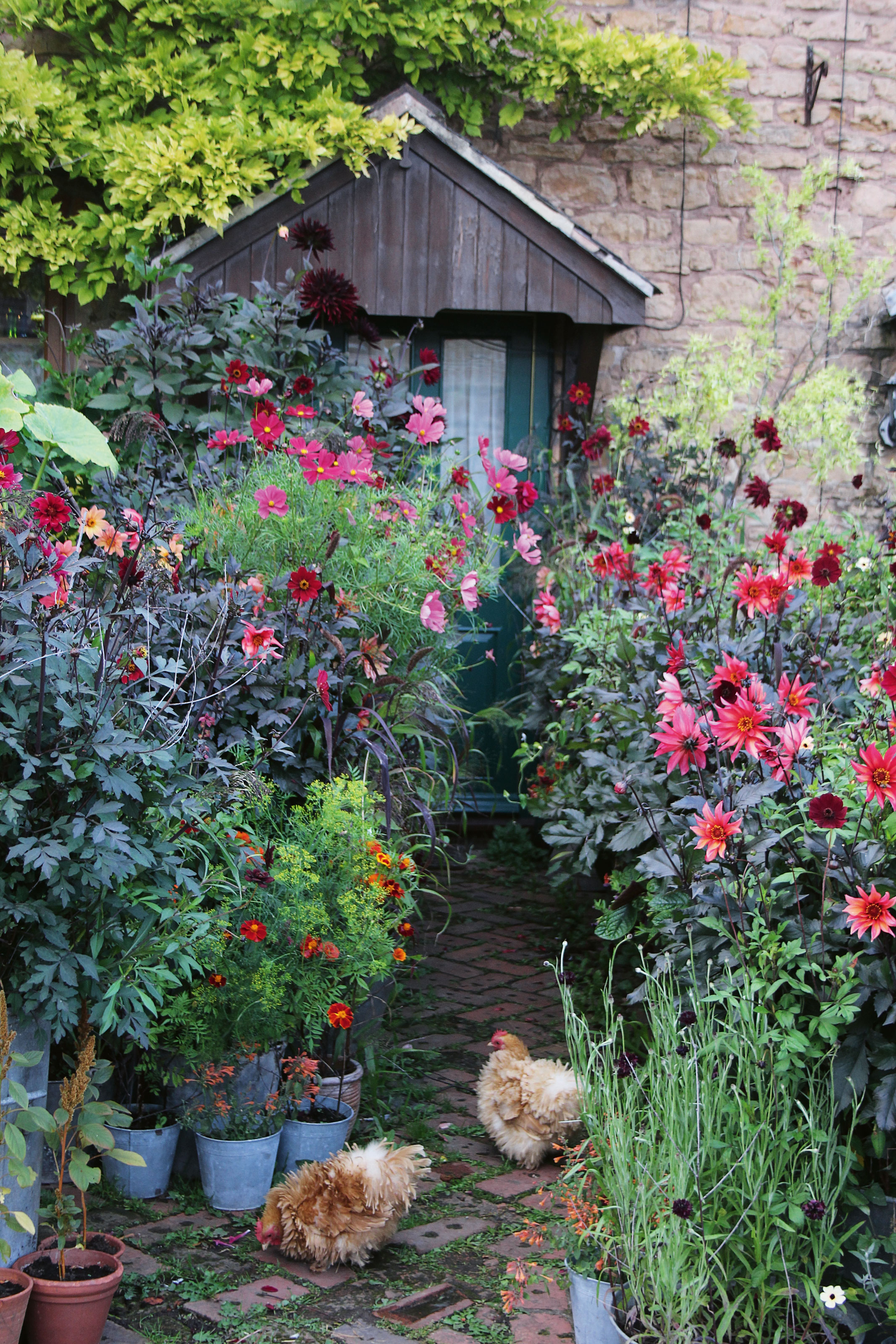
When it comes to how to choose plants for your garden, not all flowers are equal when it comes to their attractiveness to bees, butterflies, and other pollinators. ‘Plants with large open flowers which allow insects to properly feed are going to attract bees and insects more than a very showy 'closed' or ‘double’ flower,’ explains Ben Stein, managing director at Hos Landscapes.
Open flower varieties are easy for insects to access and are full of rich pollen and nectar, making them an alluring prospect for pollinators.
2. Plant a wildflower meadow
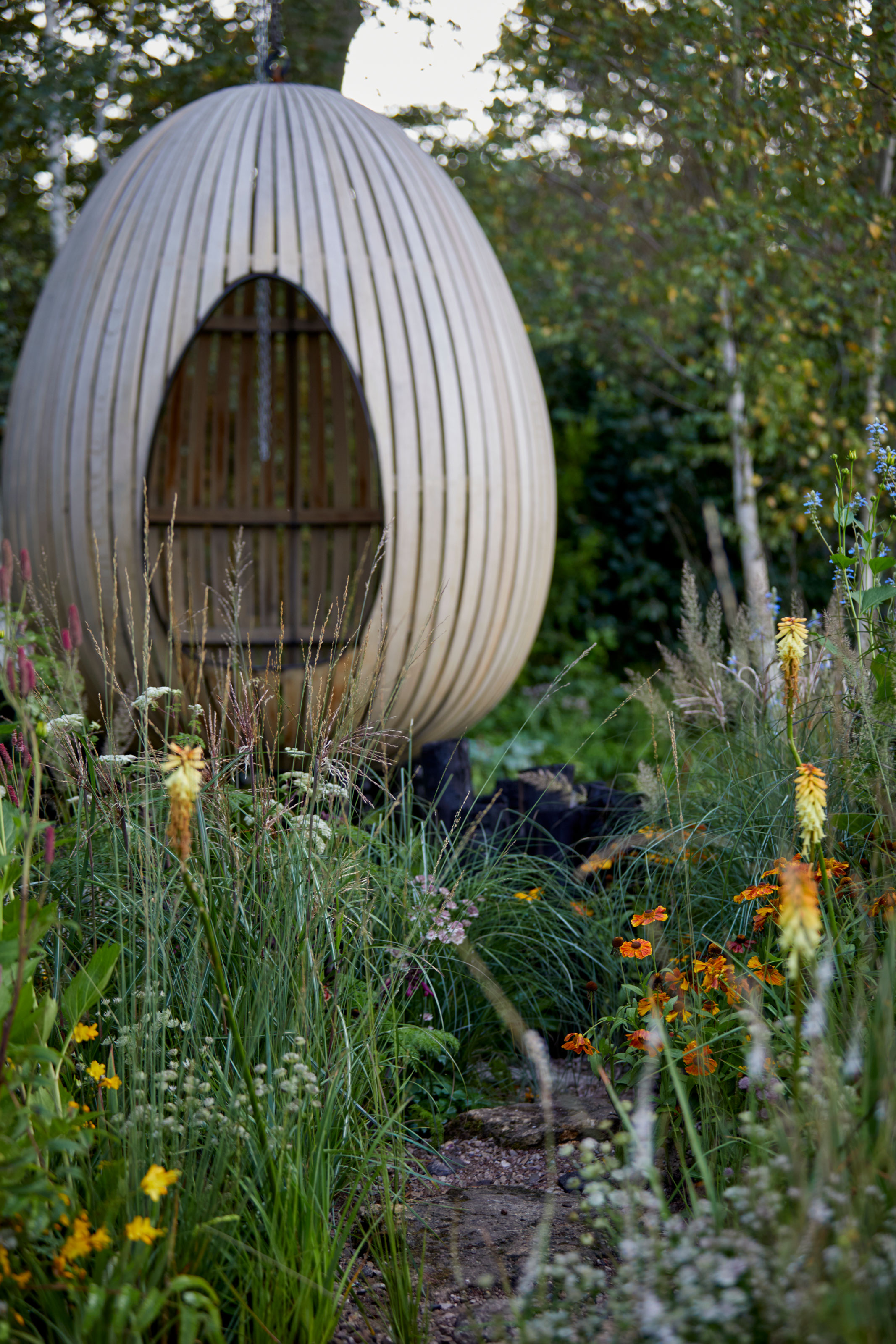
If your gardening style is less hands-on maintenance and more hands-on drinking negronis in the garden, wildflower meadows are a good flower bed idea for a ready-made habitat that’s attractive to bees and other pollinators. This is because they’re full of these open flower varieties.
Whatever your gardening prowess, wildflowers can suit more garden styles than you’d expect too, explains gardener and author Arthur Parkinson. ‘Wildlife gardening has a stigma of being messy – where you let it all go wild. This has its place, but providing good flowers for insects can still be in fact very formal,’ he says, making wildlife gardening still a viable option when planning a modern garden.
For an unpredictable wildflower idea, give chaos gardening a try. The trend encourages you to use up all your leftover seeds in one space for a sustainable and carefree planting idea.
3. Mow the lawn less
The easiest thing you can do to help? Mow the lawn less – a win-win for reticent gardeners and bees alike. Campaigns such as No Mow May are highlighting the benefits of keeping taller grass during key times of the year, while also benefitting those looking for low maintenance garden ideas.
‘You can embrace a long lawn by mowing around its edge with a path through to give it more of a purposeful look,’ suggests Arthur. ‘With a taller lawn, you’ll hopefully get things flowering within the grass like clovers and buttercups in the first year of ditching the mower. Then you can mow it over in the autumn.’
4. Crown an extension with a green roof
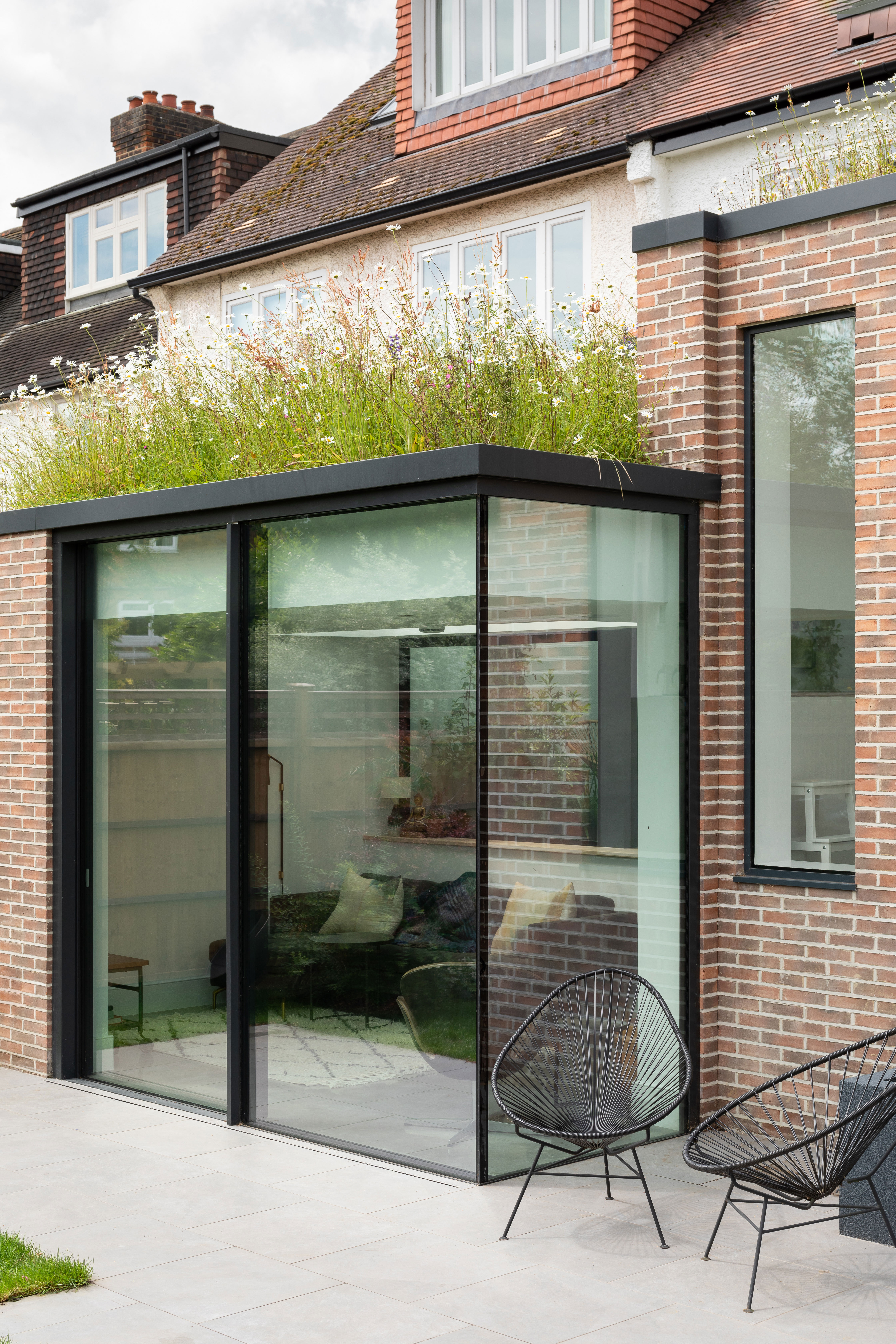
Not every garden has the space to dedicate to lawn, especially in cities where outdoor space is in short supply. That’s not to mention that if you decide to build an extension, outdoor room, or even pave to create a new patio, it’s usually at the expense of your garden’s green spaces. However, ideas such as window boxes, green roofs, and vertical gardens are all urban gardening ideas can offer a way of ‘re-greening’ these small spaces, introducing planting to otherwise underutilized surfaces.
‘When it comes to planting a green roof, you want high impact and low maintenance,’ says Ben Stein of Hos Landscapes. ‘Bright and colorful sedums are a resilient, drought-tolerant species which can be bought pre-grown in rolls and laid out.’ They’re also much-loved by pollinators, including bees. Wildflower rolls are also well-suited to green roofs, and easy to install.
As well as creating a habitat for insects, green roofs can help reduce the ‘urban heat island’, helping to better regulate your extension’s internal temperature.
5. Try vertical gardening in small plots
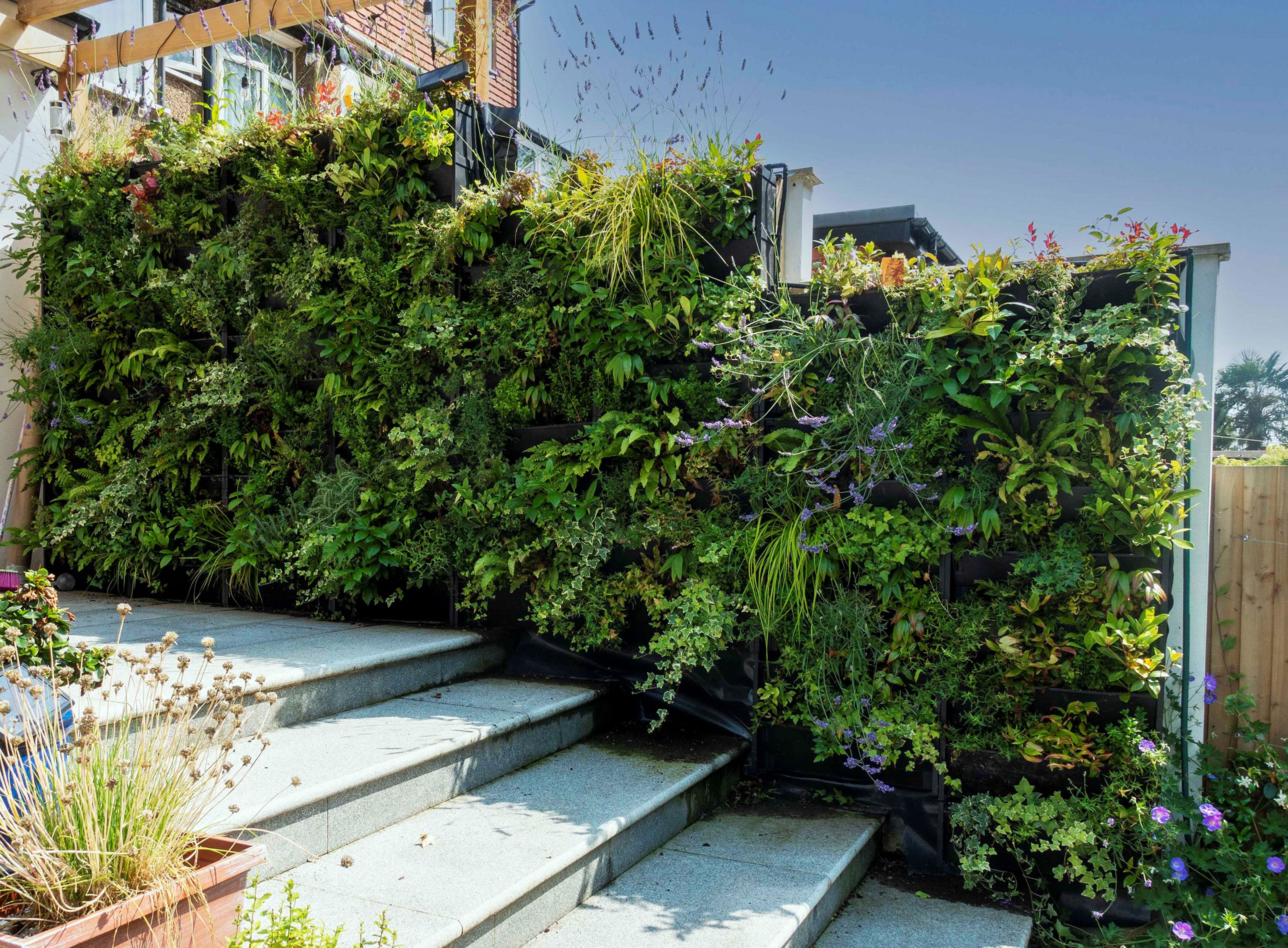
For gardens with a limited footprint, taking your garden vertical can help to pack in more planting. While living walls are often pictured with leafy, botanical planting, there's no reason that they can't also be planted with flowers to attract bees, butterflies, and insects.
There are several types of living wall systems to choose from, but be wary that upkeep can be labor-intensive. Professional systems require irrigation, and if you're specifying a living wall from a specialist company, they often come with maintenance contracts, which ensure your living wall is kept looking its best with expert help.
6. Plant ivy as a bee-friendly climber
Green walls may have the design appeal for many contemporary homes, but there are even simpler ways to take your quest for a biodiverse garden perpendicular.
‘Green walls are expensive to install and high maintenance features as they need constant irrigation,’ says Tom Massey, ‘but climbers such as ivy are a great alternative, even on a shady wall.’ Ivy will flower in early autumn with nectar-rich blooms – and are one of the most attractive plants in the garden for bees.
7. Create a herbaceous potted garden
Even if you’ve only got a few garden pots to play with, there are ways to maximize your garden’s allure to bees. ‘Herbs are a fool-proof group of bee-attractive plants,’ suggests Arthur Parkinson. ‘All of the mints, thyme, sage, rosemary and marjoram will be adored and the scent will be wonderful too.’
Herbs are a great candidate for window boxes too - ideal for apartments, kitchen windows to supplement your store cupboard and also anywhere where a breeze through the window might carry in the scent of your herbs of choice. Don't overlook scent when it comes to designing in sensory garden ideas.
8. Choose varieties for year-round blooms
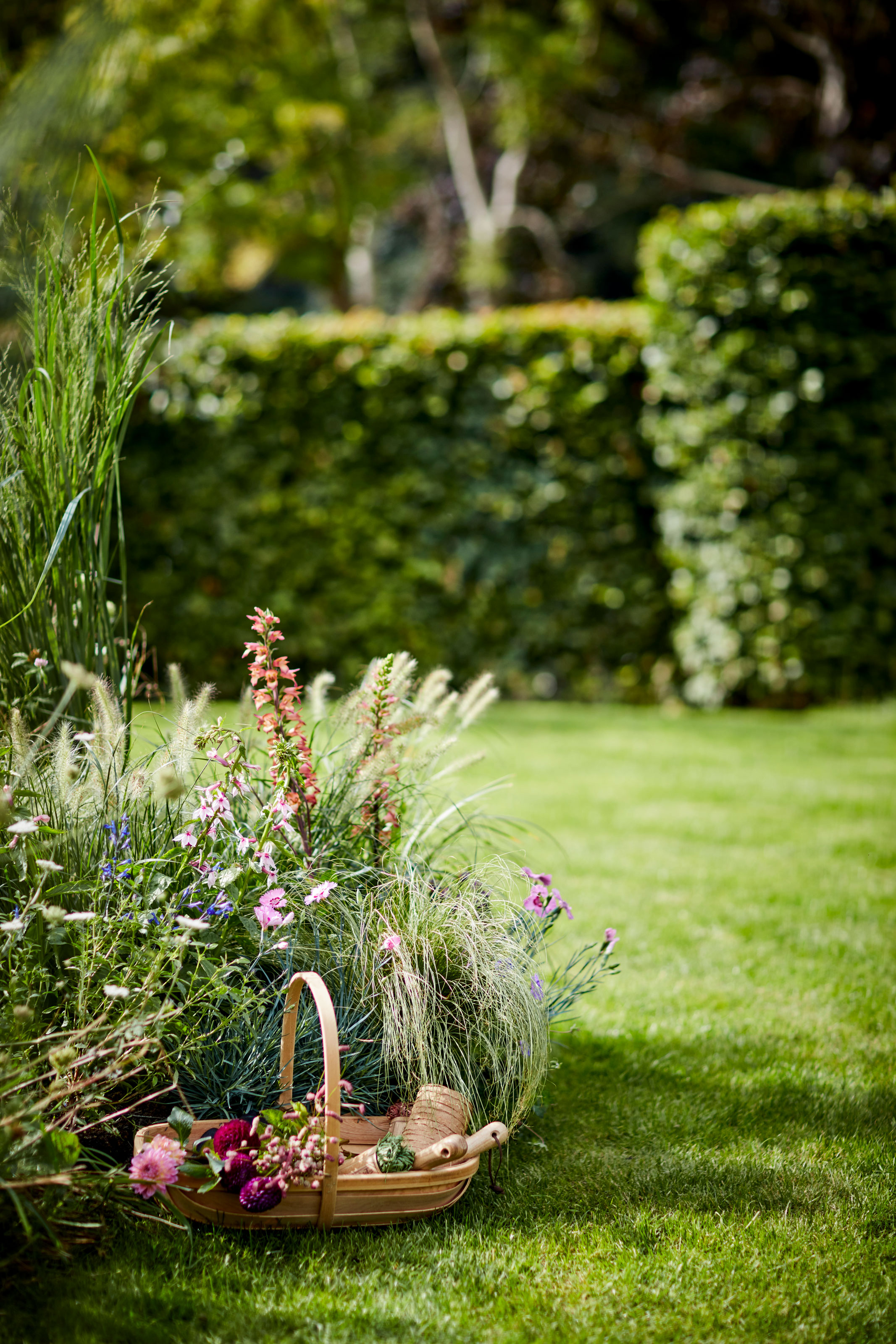
You should also plan for an array of flowers across all the seasons. Early winter, mid-summer, and autumn are important times for gardens to be full of nectar and pollen. ‘With climate change, we are getting weather that wakes up the bumblebees earlier, so early flowering winter cherries, hellebores, single snowdrops, winter aconites, and crocus can be really crucial,’ explains Arthur.
‘Early winter, mid-summer, and autumn are important times for gardens to be full of nectar and pollen,’ he continues. ‘Then over the long late summer and autumn months to the first winter frost single flowering dahlias, cosmos, heliotrope, rudbeckias, sunflowers, asters, and salvias are all incredibly welcomed.’
9. Seed disturbed soil
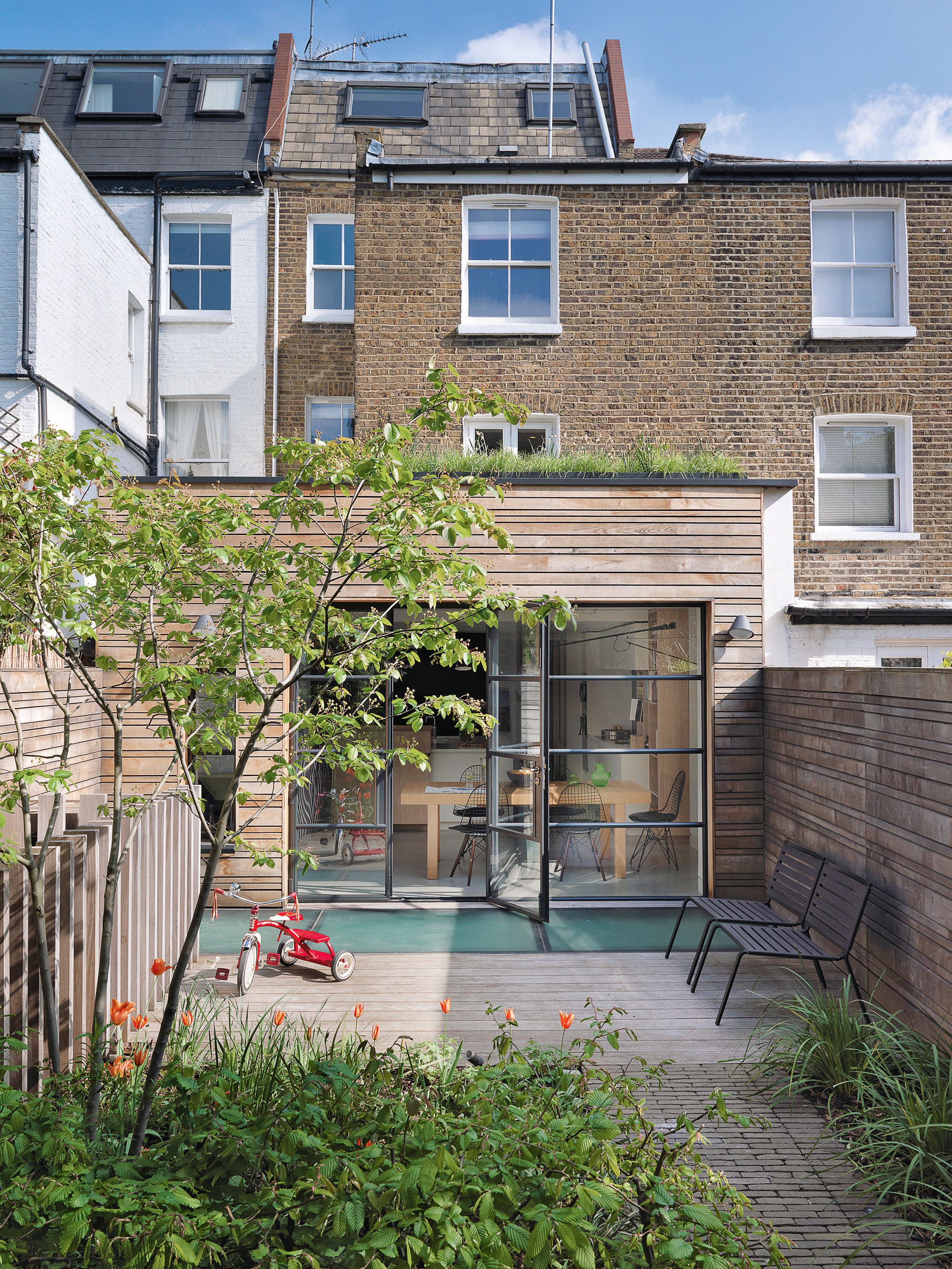
For a quick flower fix when you have disturbed soil, from the likes of building work, try self-seeding varieties. ‘A number of seeds can be chucked about to self-seed themselves with surprisingly beautiful results,’ says Arthur. ‘Pollen-rich borage, opium poppies, cerinthe major, calendula, phacelia, and Linaria are all good options.’
10. Plan in trees and hedges to provide shelter
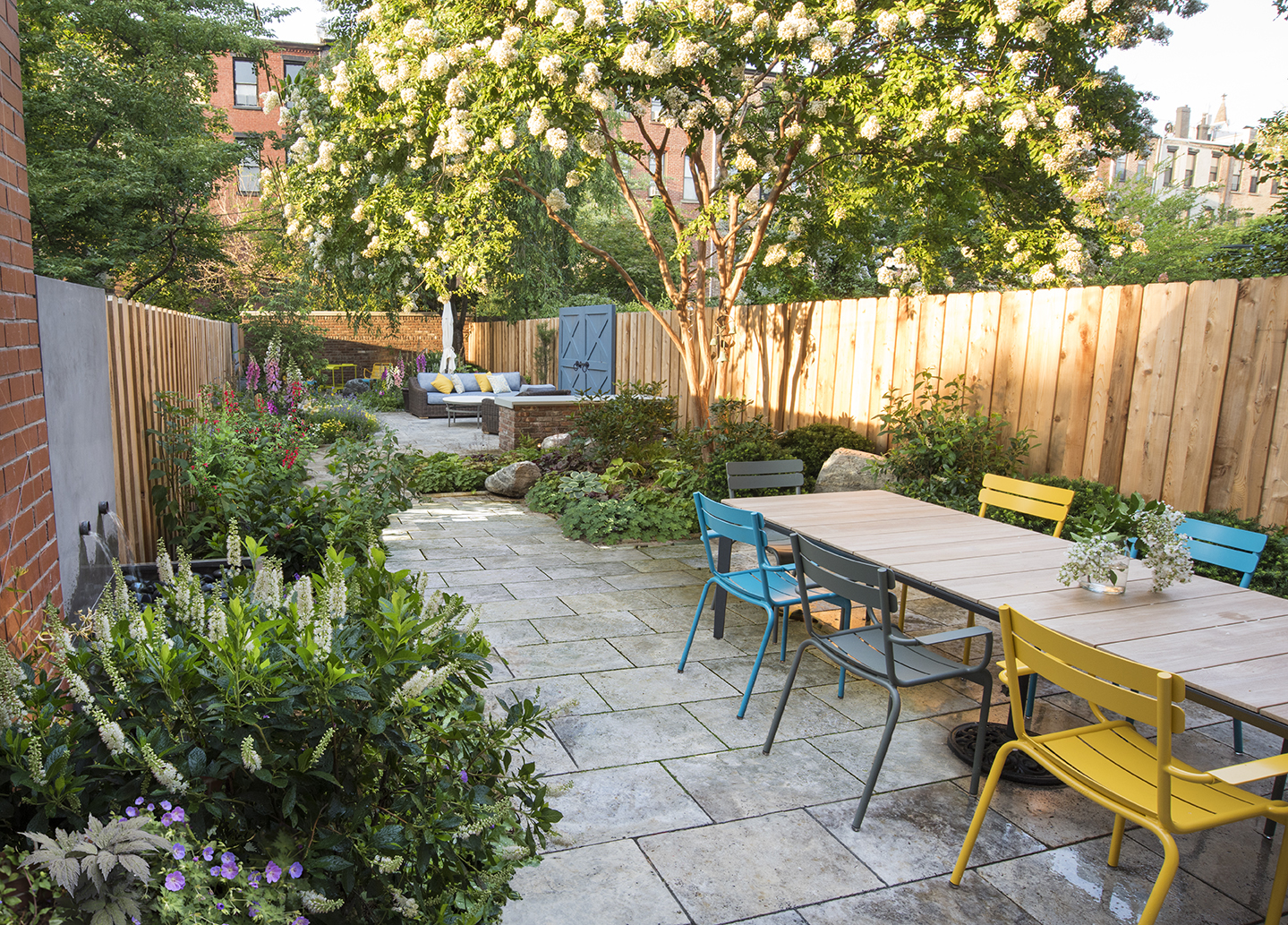
While it’s easy to focus on flowers when wildlife gardening, trees and hedges also have a role to play beyond pollination. ‘Trees also provide shade in the summer and a home for many. Apple trees on dwarf rootstock are going to tick all the boxes particularly if you have a medium to large-sized garden,’ suggests Hos Landscape’s Ben Stein.
In terms of hedges and shrubs, hawthorn is a particularly good choice for providing both shelter and pollen-rich flowers that bees love.
11. Introduce water into a garden
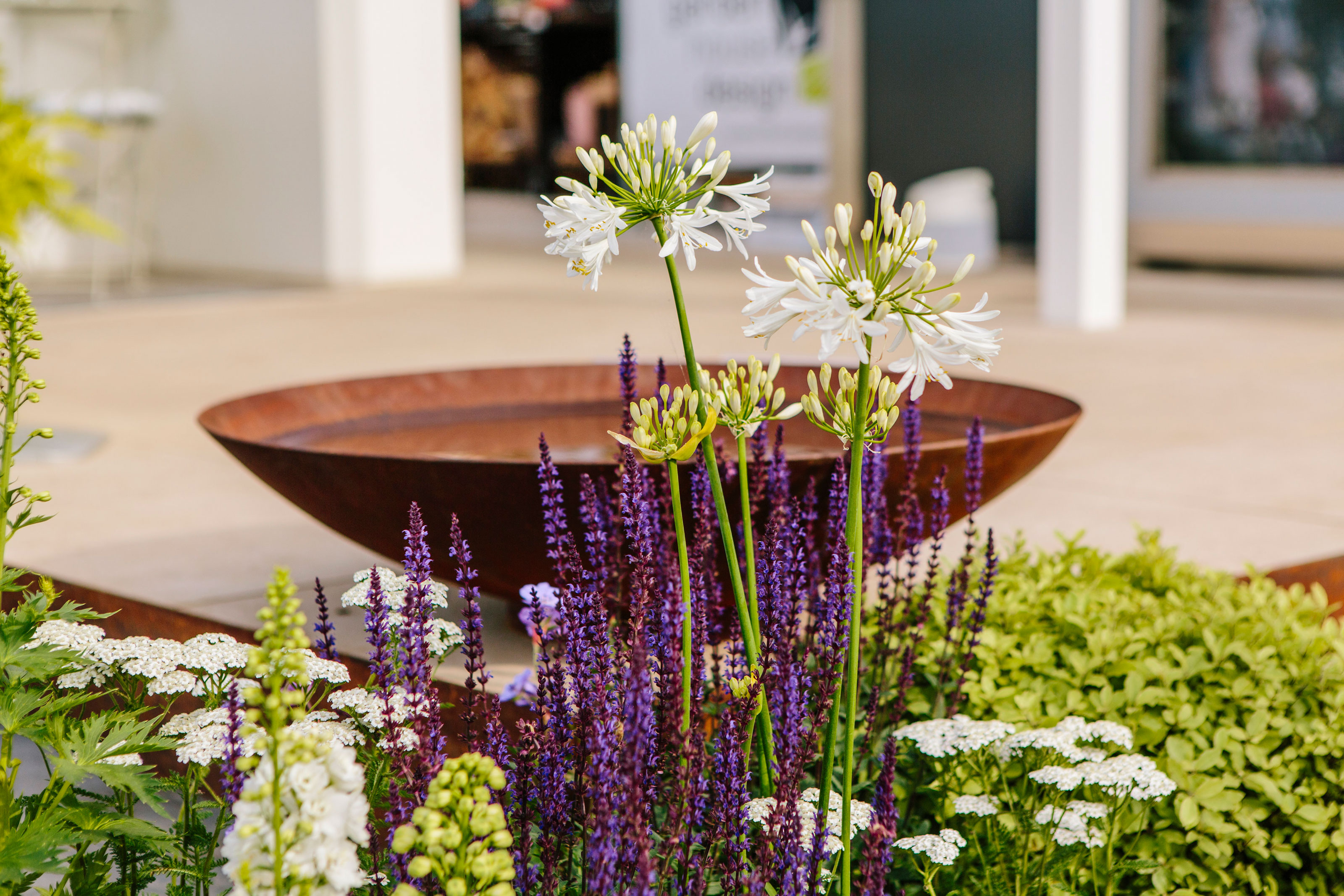
‘Any amount of water in the garden is going to be a beacon for wildlife’ says Ben, ‘and if you can plant it up with oxygenating pond plants such as Ceratophyllum demersum, that will help maintain a suitable environment for frogs, insects, birds and obviously fish.’
Birdbaths should be shallow with sloping edges and rough so that they can grip it with their claws. In ponds and water features, it’s important to ensure that you incorporate an escape route from the water, so that any wildlife that enters can safely escape again. A few rocks stacked against an edge should do the job nicely.
12. Create an insect hotel
Creepy crawly, ground-dwelling insects make up an important part of your garden’s ecosystem, and there are several ways to encourage them into your space. ‘Fallen branches or cut logs from trees in your garden will start to break down and will be host to millions upon millions of forms of life including fungi, bacteria, worms and insects,’ says Ben.
‘It’s easy to give a little corner of the garden to a log pile and watch as it supports an evolving ecosystem or insect hotel.'
Be The First To Know
The Livingetc newsletters are your inside source for what’s shaping interiors now - and what’s next. Discover trend forecasts, smart style ideas, and curated shopping inspiration that brings design to life. Subscribe today and stay ahead of the curve.

Hugh is Livingetc.com’s editor. With 8 years in the interiors industry under his belt, he has the nose for what people want to know about re-decorating their homes. He prides himself as an expert trend forecaster, visiting design fairs, showrooms and keeping an eye out for emerging designers to hone his eye. He joined Livingetc back in 2022 as a content editor, as a long-time reader of the print magazine, before becoming its online editor. Hugh has previously spent time as an editor for a kitchen and bathroom magazine, and has written for “hands-on” home brands such as Homebuilding & Renovating and Grand Designs magazine, so his knowledge of what it takes to create a home goes beyond the surface, too. Though not a trained interior designer, Hugh has cut his design teeth by managing several major interior design projects to date, each for private clients. He's also a keen DIYer — he's done everything from laying his own patio and building an integrated cooker hood from scratch, to undertaking plenty of creative IKEA hacks to help achieve the luxurious look he loves in design, when his budget doesn't always stretch that far.
-
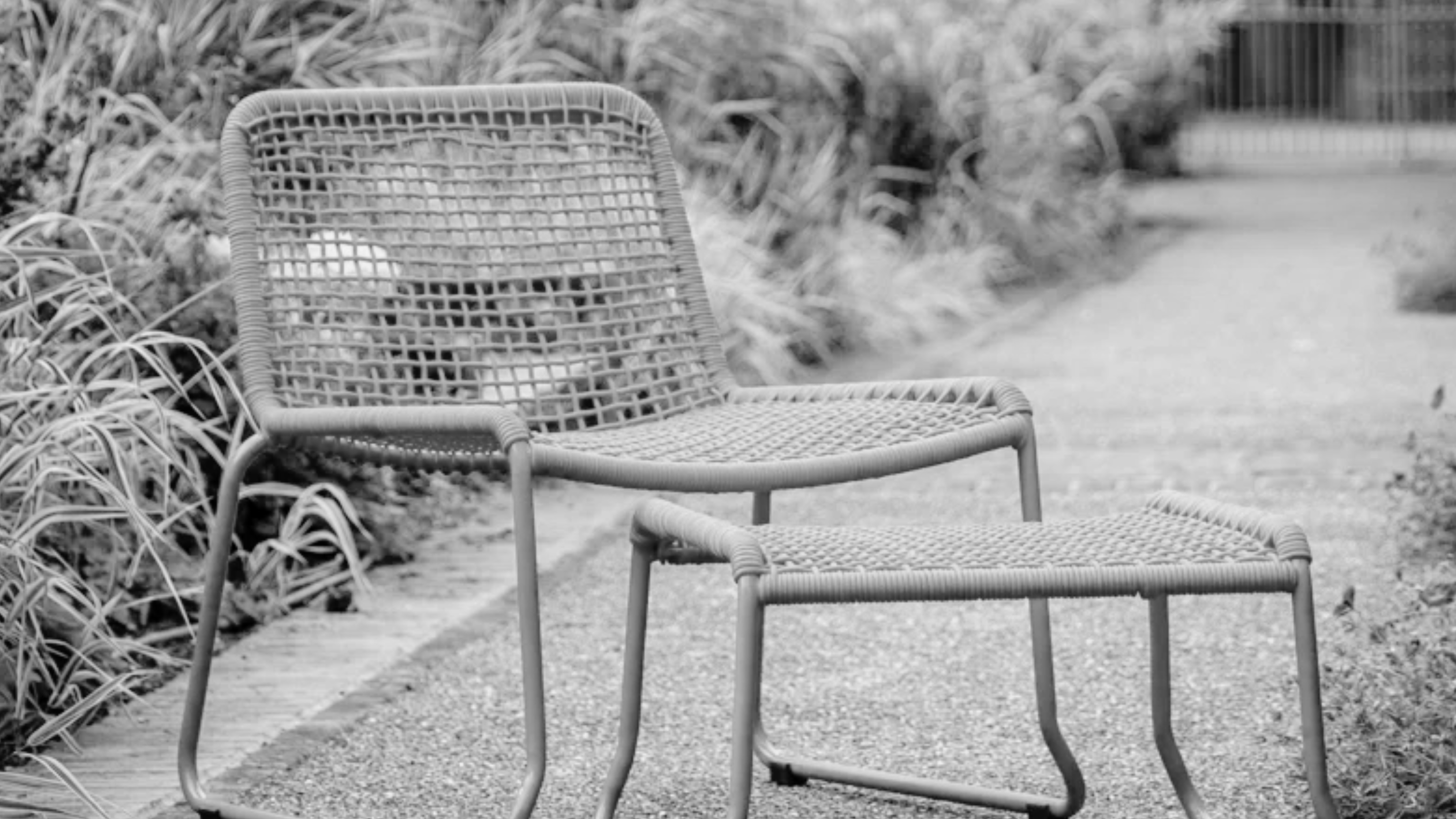 This Outdoor Lounger Is the Color of the Season for Garden Furniture — And It's on Sale This Weekend
This Outdoor Lounger Is the Color of the Season for Garden Furniture — And It's on Sale This WeekendThis year, it's all about the contrast, and this bright, sunny hue is the perfect foil to your green outdoor spaces
By Hugh Metcalf
-
 Kelly Wearstler Designed an Animal Hospital Where "Anxiety Just Melts Away", and I'm Taking Notes for My Own Home
Kelly Wearstler Designed an Animal Hospital Where "Anxiety Just Melts Away", and I'm Taking Notes for My Own HomeThe renowned designer's foray into healthcare demonstrates have even the most functional of spaces can still be design-forward
By Devin Toolen